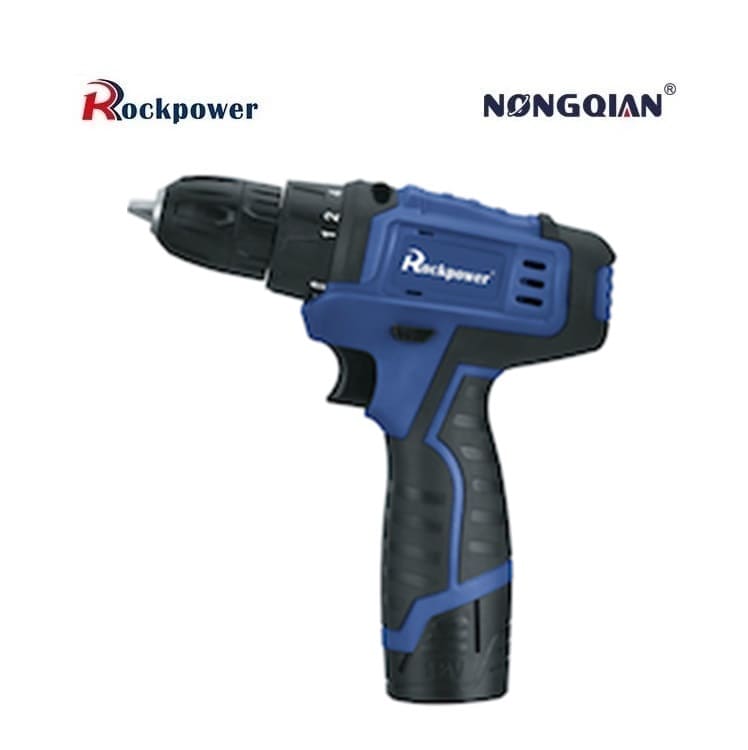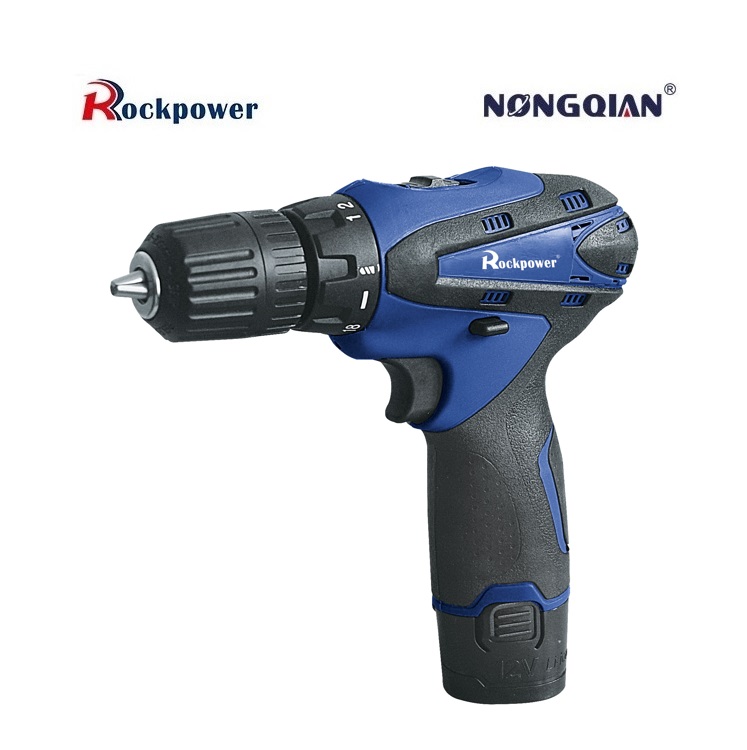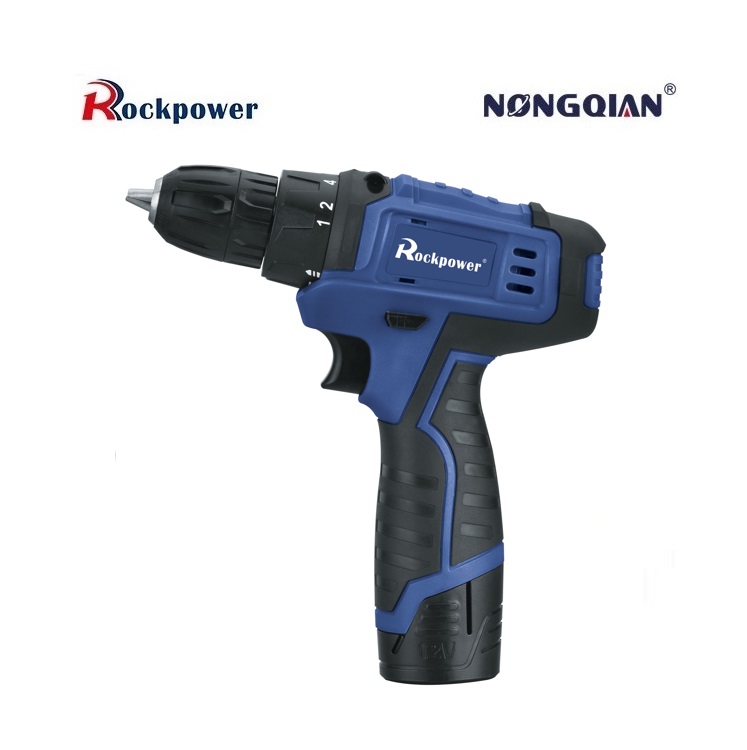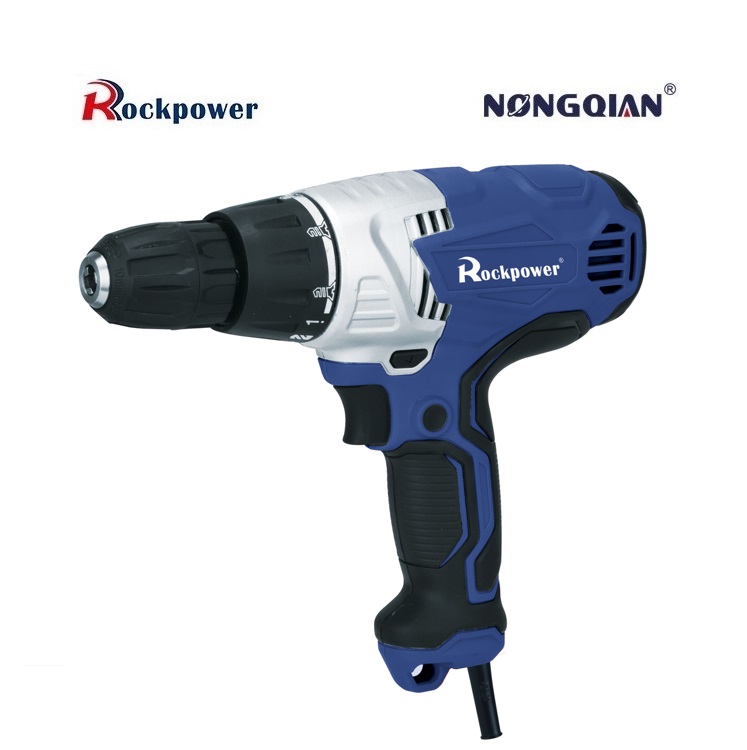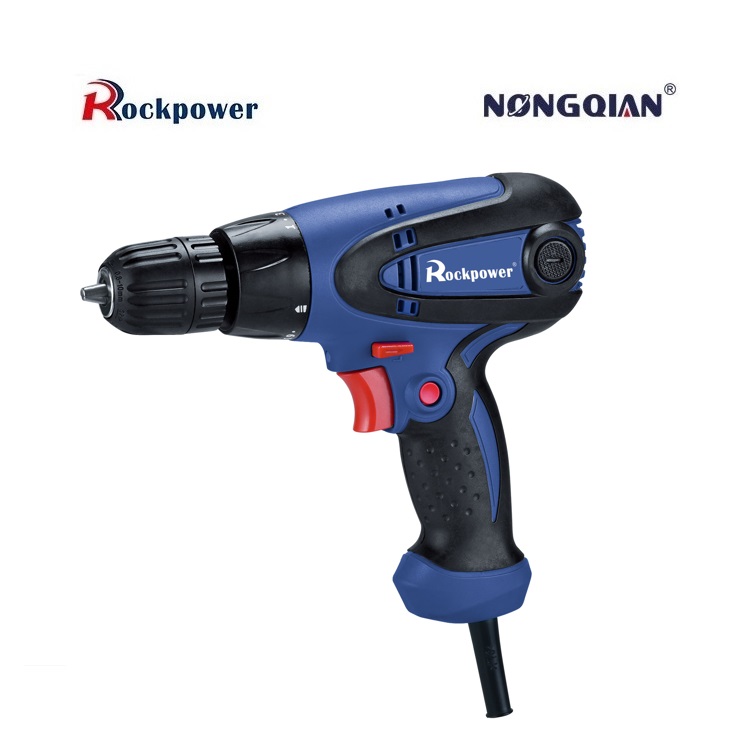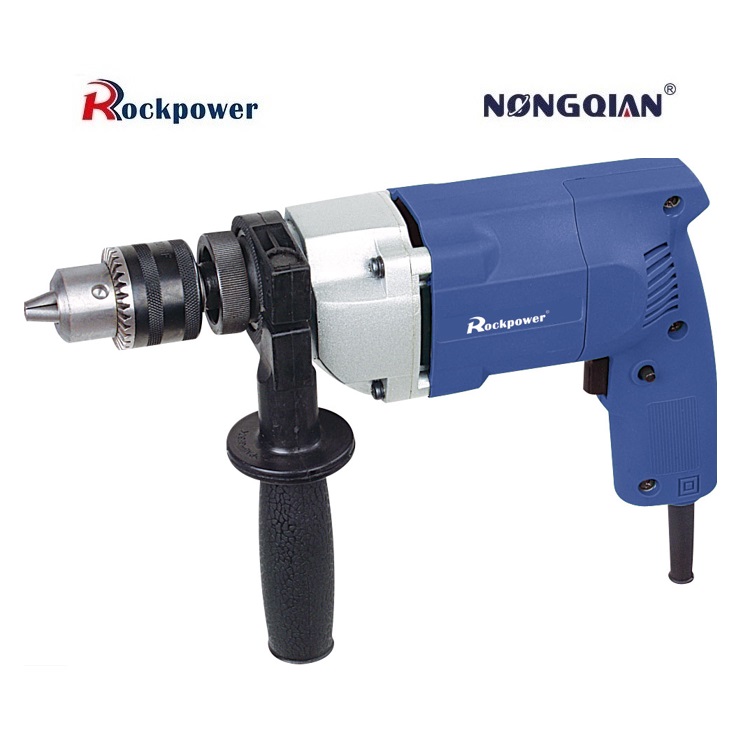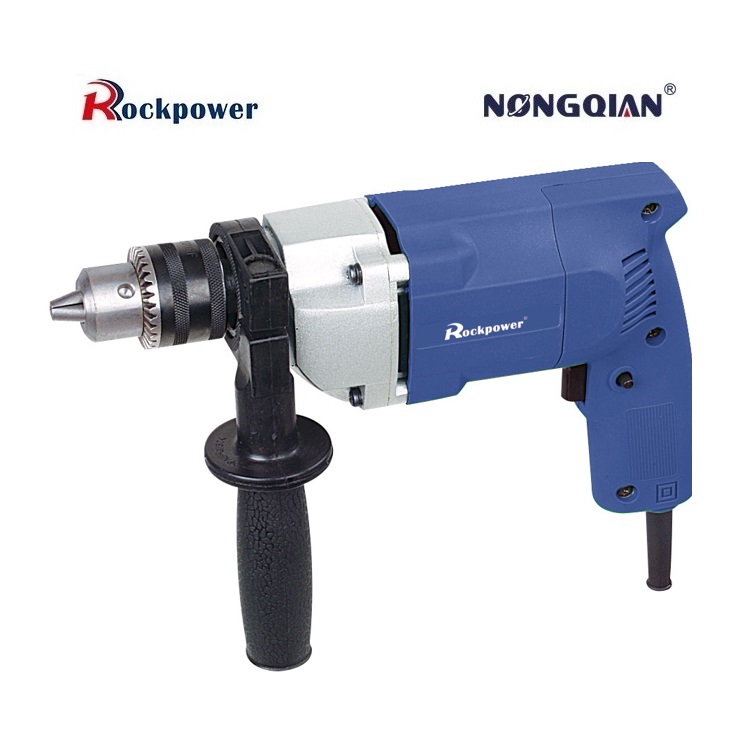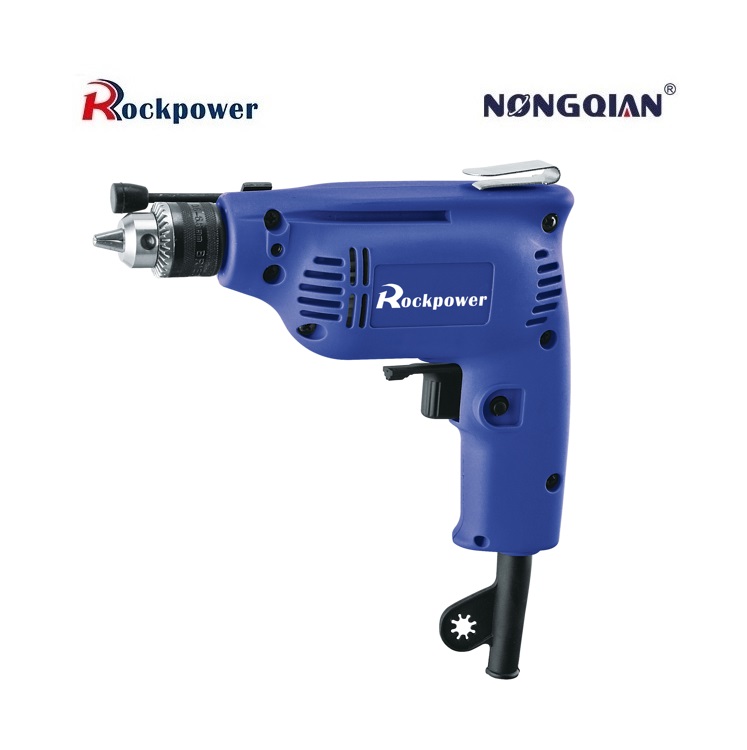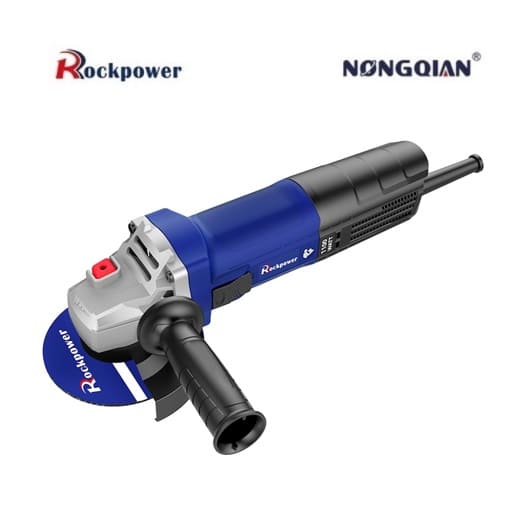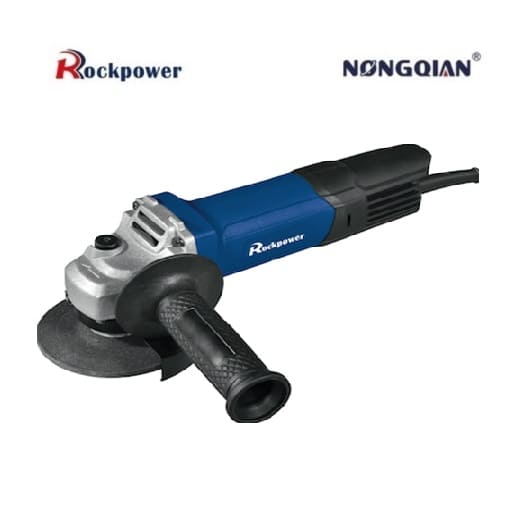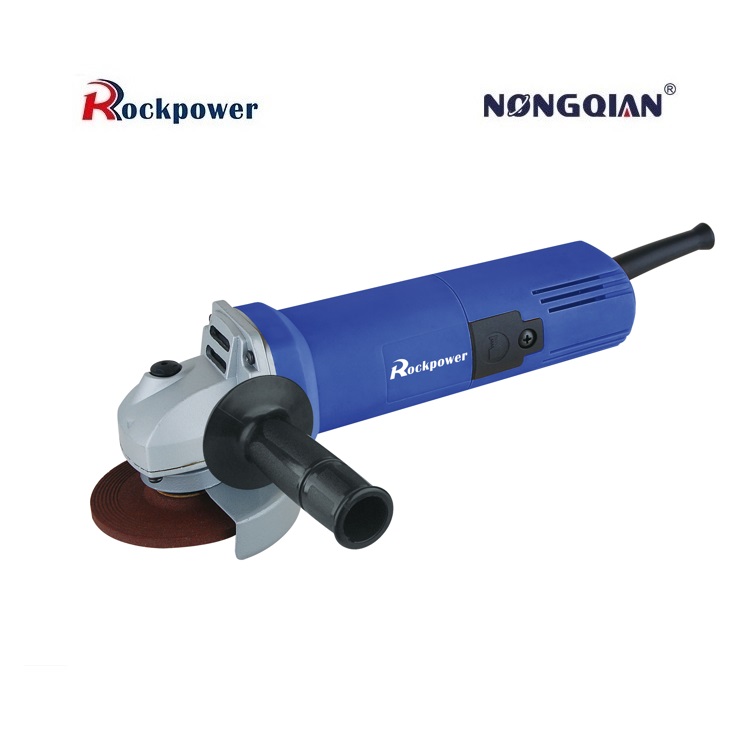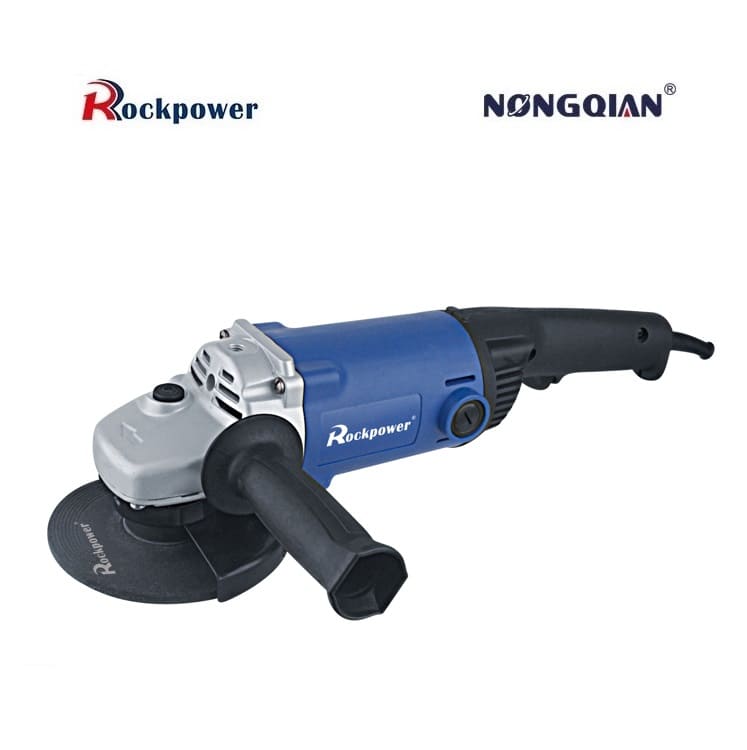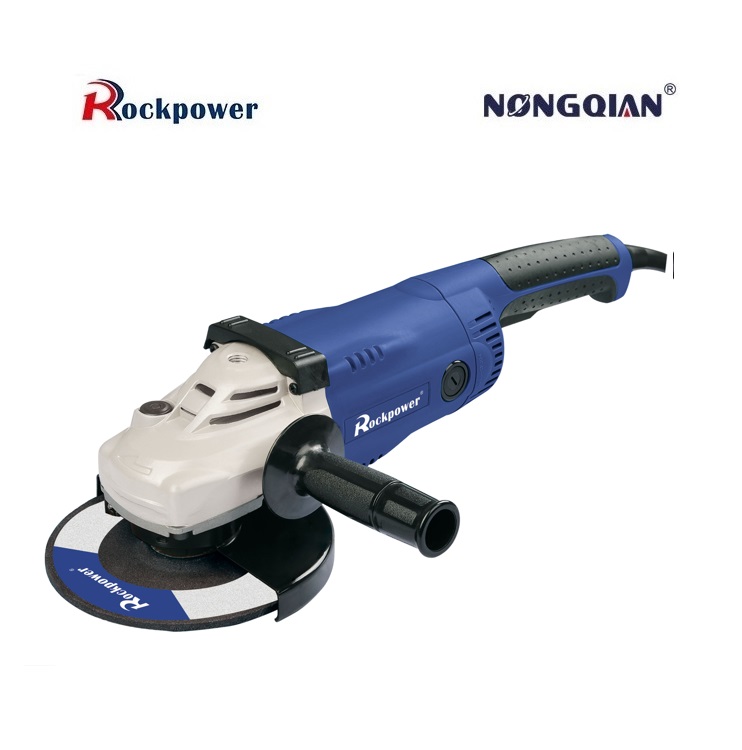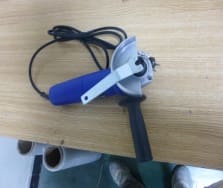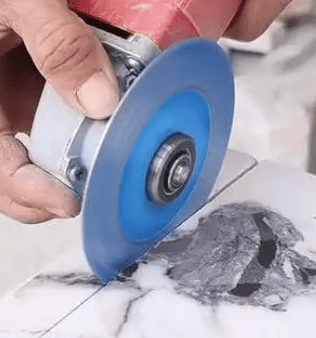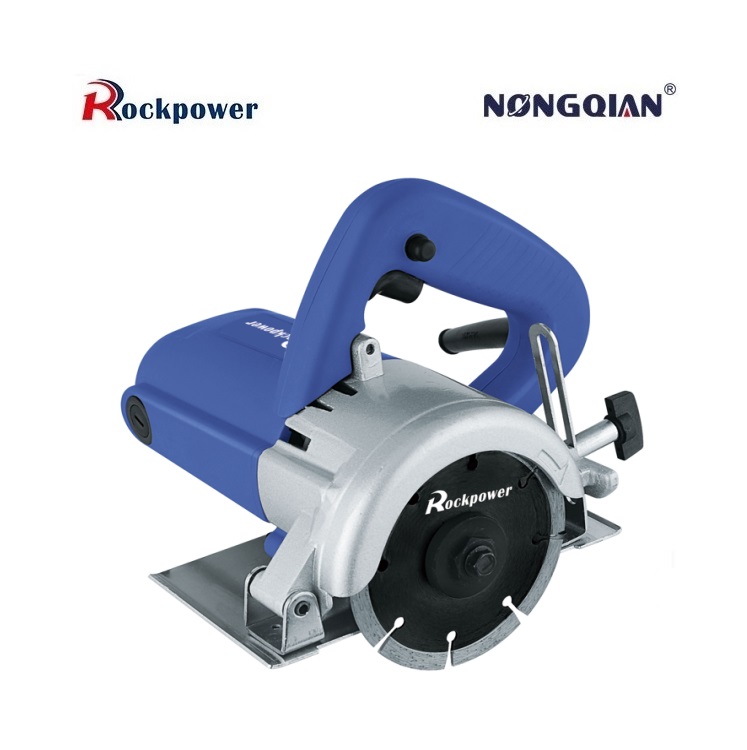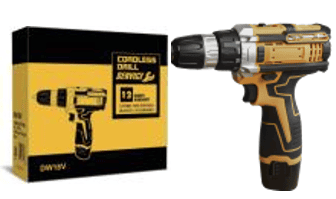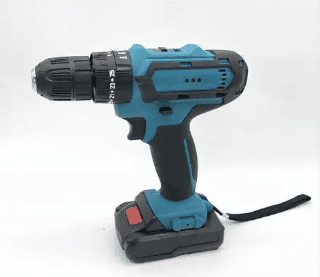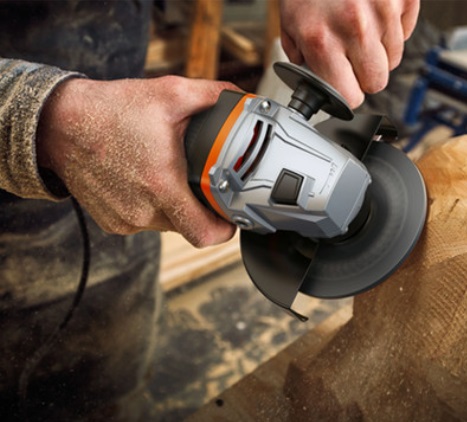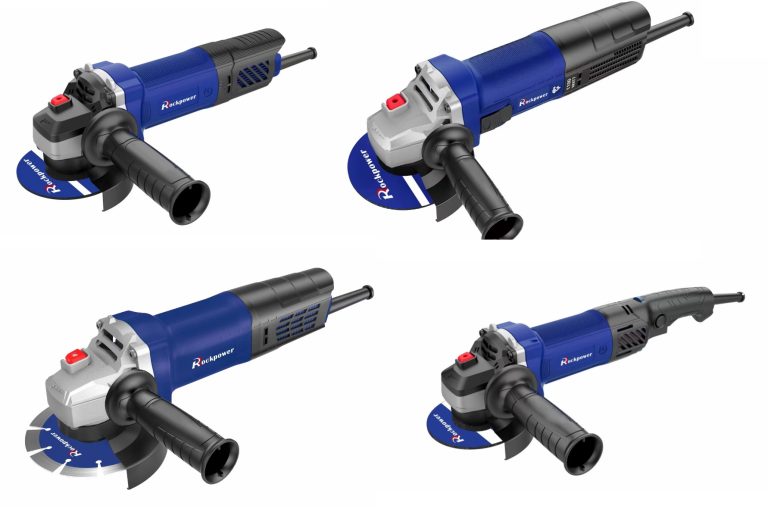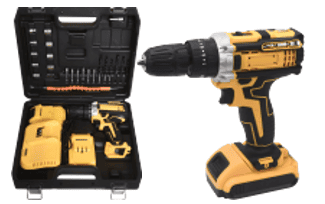How many volts is a good cordless drill?
For home use, 18V/20V cordless drills offer the best balance—they handle most tasks with ease while delivering solid battery life. Voltage requirements for cordless impact drills vary by brand and model, typically ranging from 12V to 40V. Here’s a quick guide:
- 18V: Light-duty (perfect for DIY home projects)
- 24V: Mid-range (ideal for repair technicians)
- 36V: Heavy-duty (made for construction sites)
Picking the right voltage depends on your workload, battery life needs, and performance specs.
Breakdown by voltage:
- 12V models: Compact and budget-friendly, great for simple screwdriving or light drilling. Downside? Limited power and frequent battery swaps.
- 16V+ models: More muscle (e.g., Bosch GSR120-LI’s 30Nm torque) for tough materials or pro woodworking—just pricier with bigger batteries.
Key specs to consider:
- Battery: Go for 4.0Ah+ lithium packs (e.g., an 18V drill with 4.0Ah runs 30+ mins nonstop).
- Torque control: 18V drills often feature 20+ settings for wood, metal, etc.
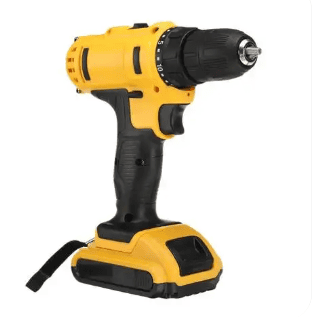
Best uses:
- 12V–18V: Everyday home jobs (hanging shelves, assembling furniture)—lightweight and affordable.
- 24V: Handles heavier tasks (contractor repairs, renovations)—better torque without sacrificing portability.
- 36V–40V: Industrial-grade (concrete drilling)—built for tough, all-day jobs.
Quick tips:
- Homeowners: 18V/20V (like Dongcheng WJZ1601D) covers 90% of needs.
- Pros: Opt for 24V+, but these are overkill for casual use.
Final advice:
Match the drill to your projects. Need power? Prioritize voltage and battery life. Want convenience? Lighter models save your arms. Always check specs—torque and battery tech matter as much as voltage!
Configuration of cordless Drill and pacakges:
You may also interest to read similar questions:
What to look for when buying a cordless drill?
When to use impact vs drill?
Is a brushless drill better?
What does “brushless” mean on a drill?
Are corded drills more powerful?
Is a hammer drill more powerful than a regular drill?

